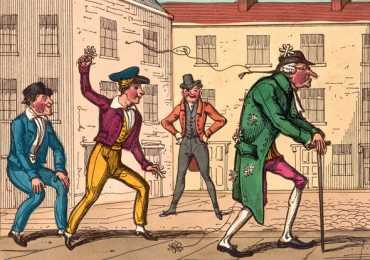On every 1st of April, an observance that takes place in many countries worldwide, conventionally called as April Fools’ Day. At some places, it is also known as All Fools’ Day. It is a day when safe tricks, humorous jokes, and pranks are endorsed. Traditional activities starting from simple jokes to playing pranks and trick with friends and family and coworkers are conducted. Children enjoy this day a lot. It is not a national holiday but a kind of celebration to spread humor and laughter all around.
The history of April Fool’s Day or All Fool’s Day is quite undefined. It is one of the best light-hearted days of the year. According to thinking of different authors and critical thinkers, the history of April Fool’s day falls back to the year 1582 in France. Its history takes two origins according to various authors and researchers. In some countries, it is celebrated on the return of the seasons whereas some other sees it as it stalks from the adoption of a new calendar.
The most usually quoted concept grips it dates from 1582 the year in France, when they adopted the Gregorian Calendar, which changed their concept of the observance of New Year’s Day from the end of March to 1st of January.

This harassment of calling a stubborn folk as “Fool’s” grew over the time and changed into a ritual of prank-playing on the first day of April. In the eighteenth century, this custom ultimately started to spread out to the whole England and Scotland. Later, American colonies of both the English and French were get familiarized to it. With the passage of time, April Fool’s Day thus advanced into an international fun festival. Different geographical areas with different nationalities specializing in their own brand of humor at the expense of their friends and families celebrated this day as April Fool’s Day on every 1st of April.
It is celebrated differently in various areas of the world like, in Scotland, for example, the celebration of April Fool’s Day truly last for two days. The second day is dedicated to trick and jokes involving the posterior region of the body. It is named as Taily Day. You can say the traces of the sign of “KICK ME” can be found from this observance.
April Fool’s Day should be celebrated as “for-fun-only” observance day. No one is anticipated to buy gifts for others or to take their “important ones” for outing. It is not a national holiday. No one get off from their school or offices. It’s merely a fun little holiday, but a holiday on which one must remain forever watchful, as he may be the ‘Next April Fool’
“It’s better to keep your mouth shut and be thought a fool than to open it and leave no doubt.”
–Mark Twain
